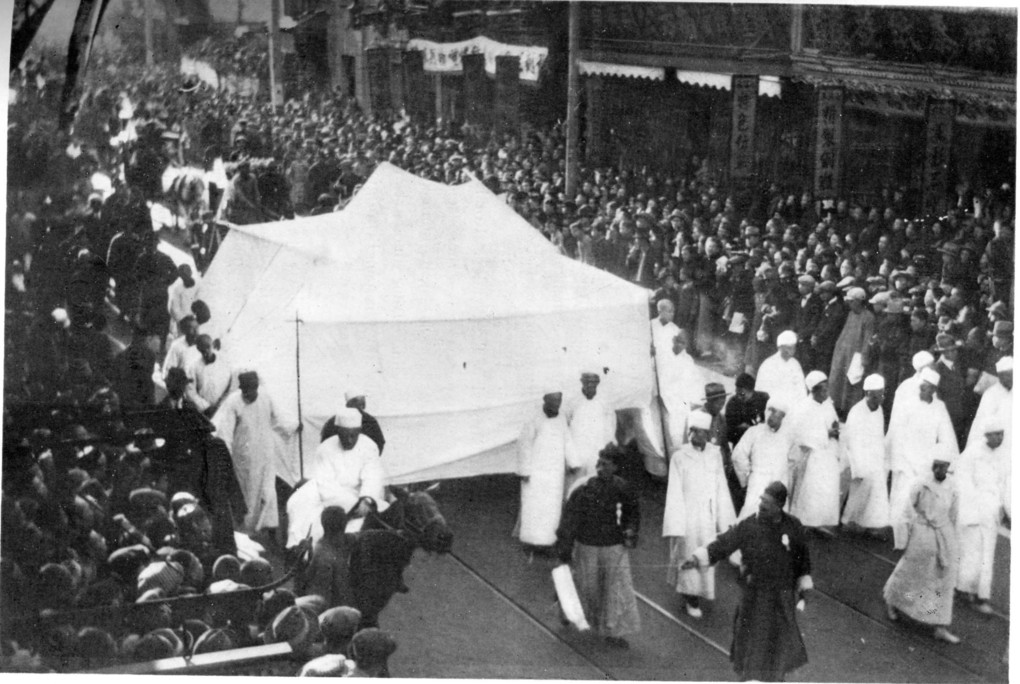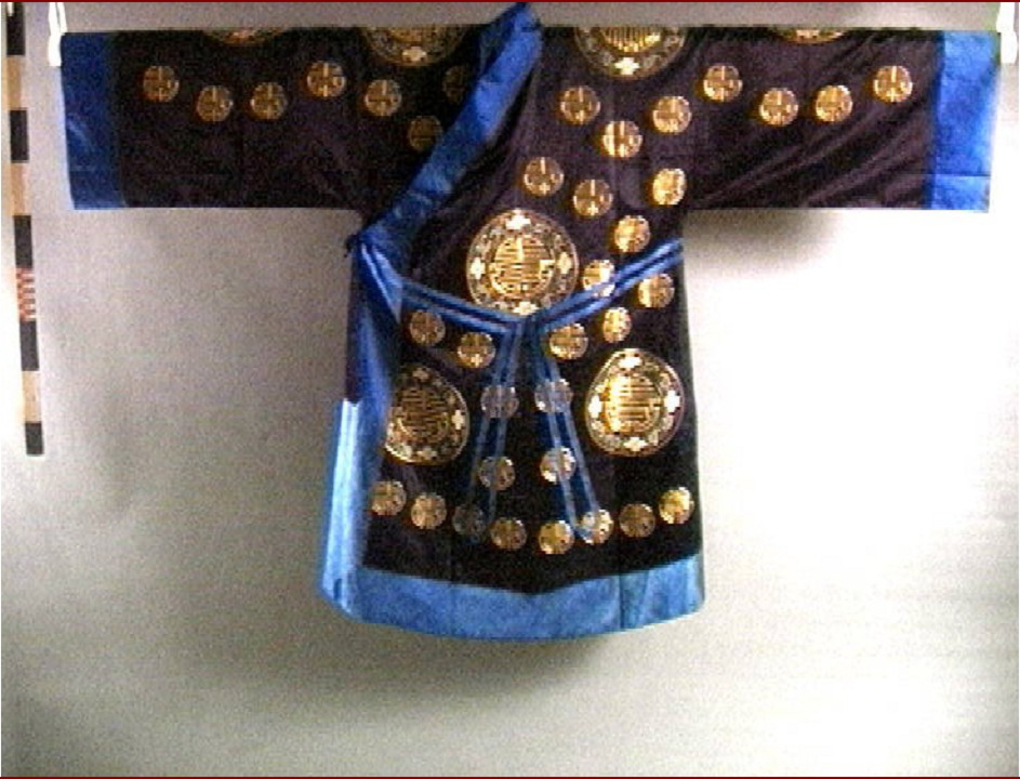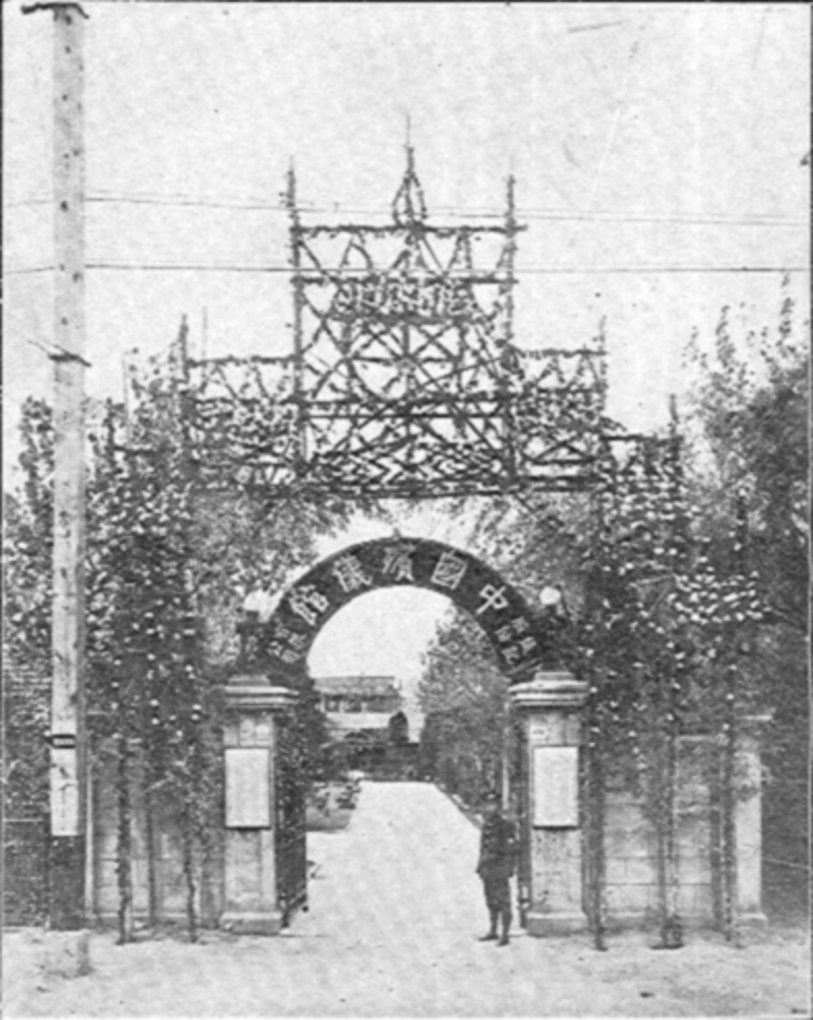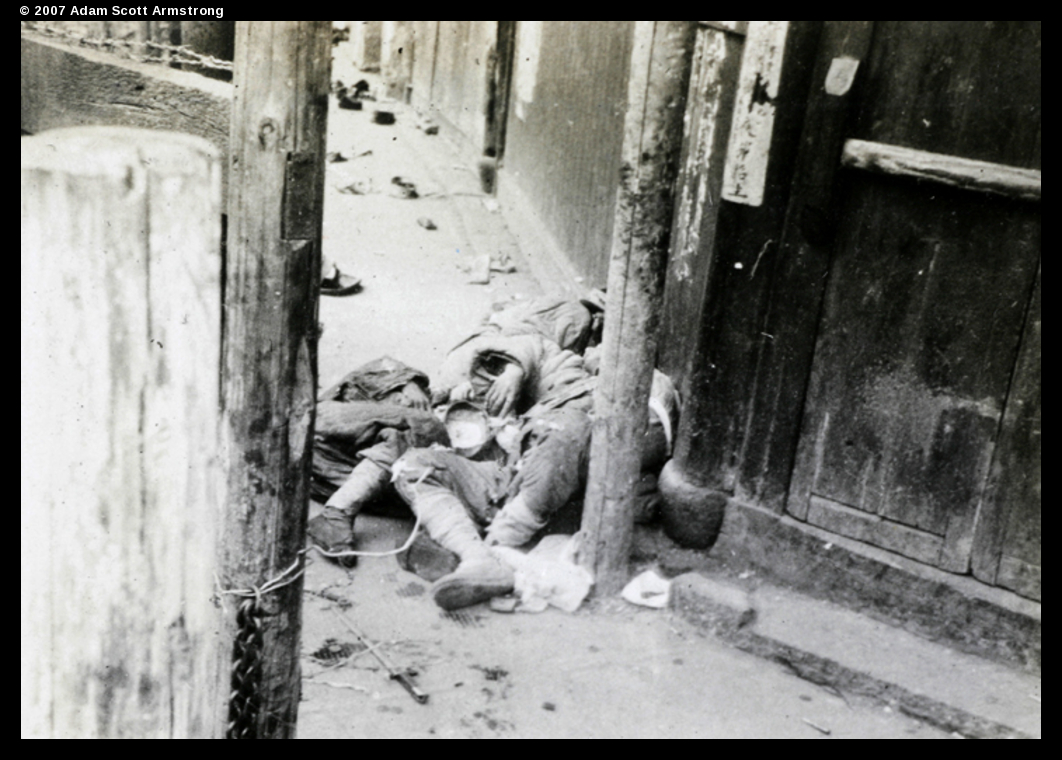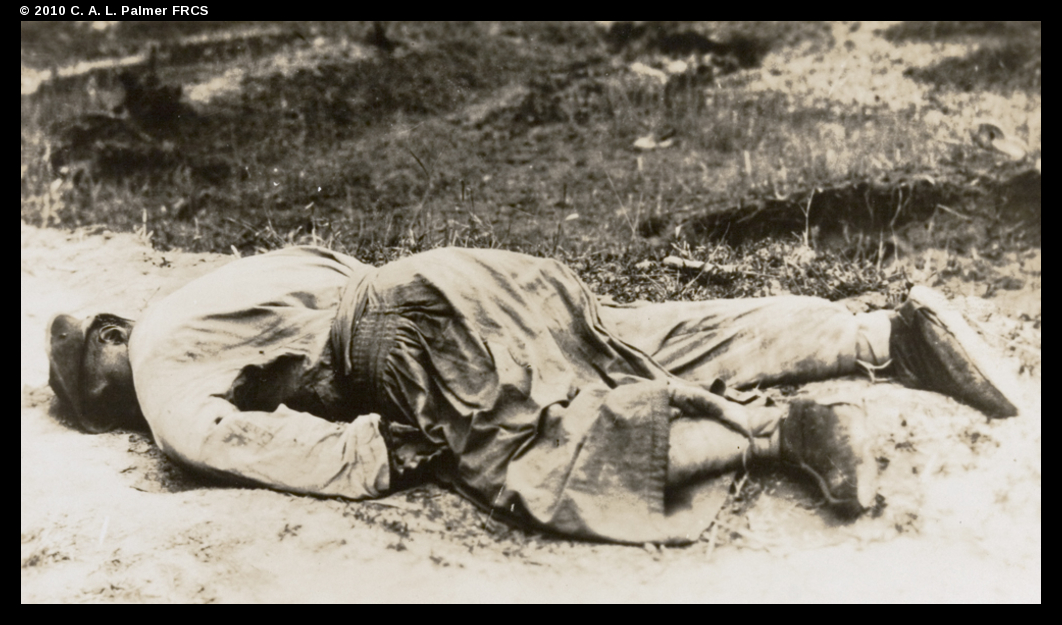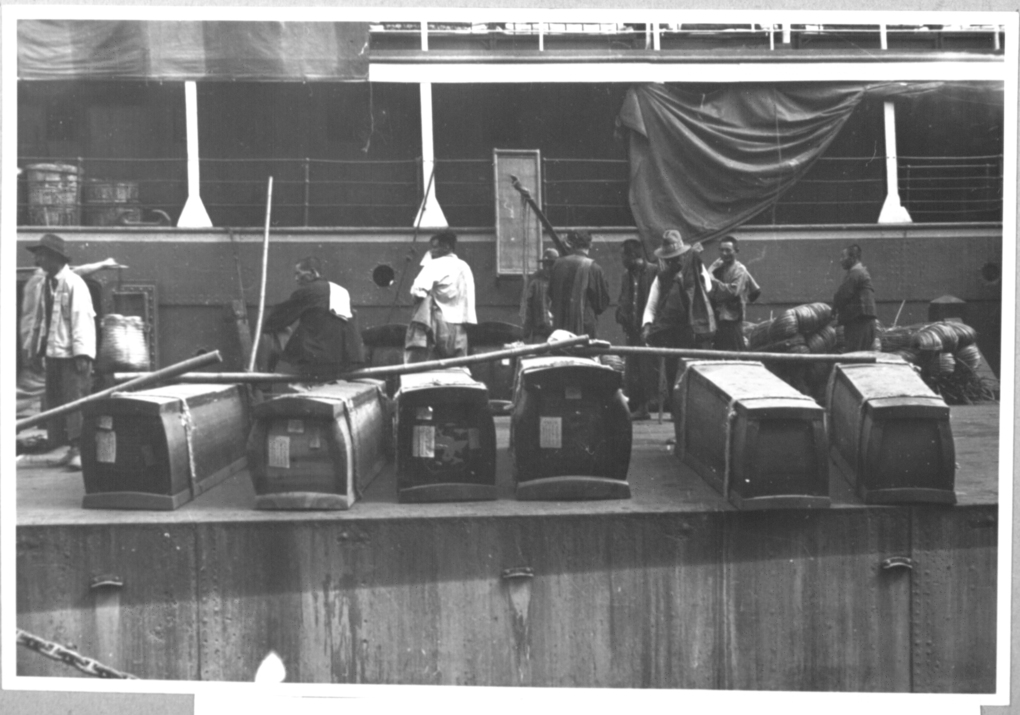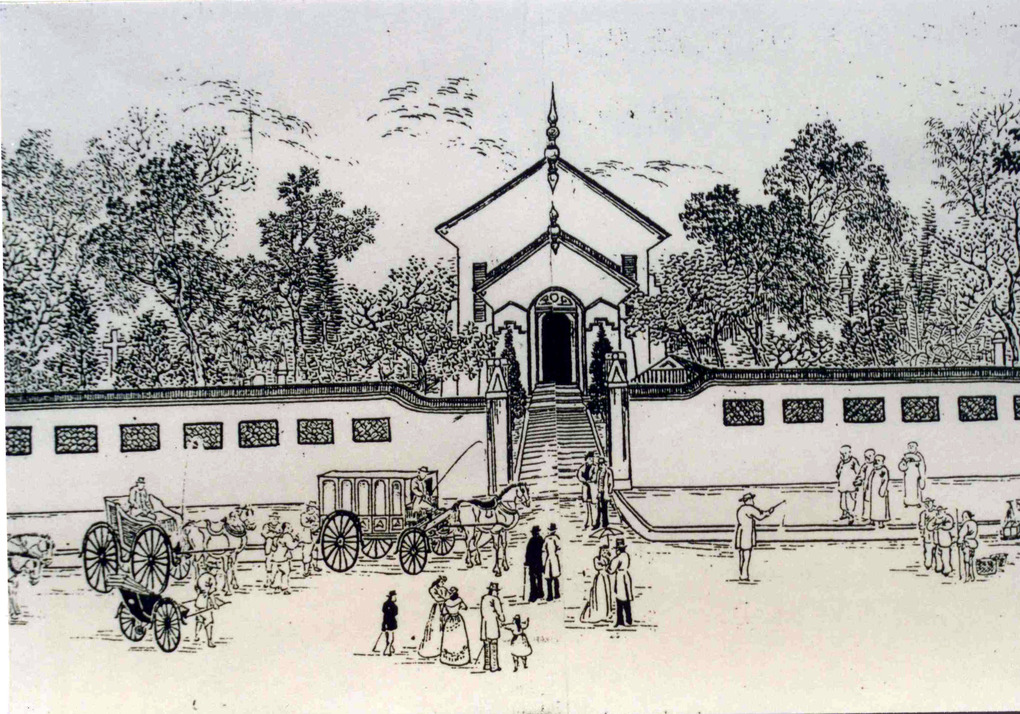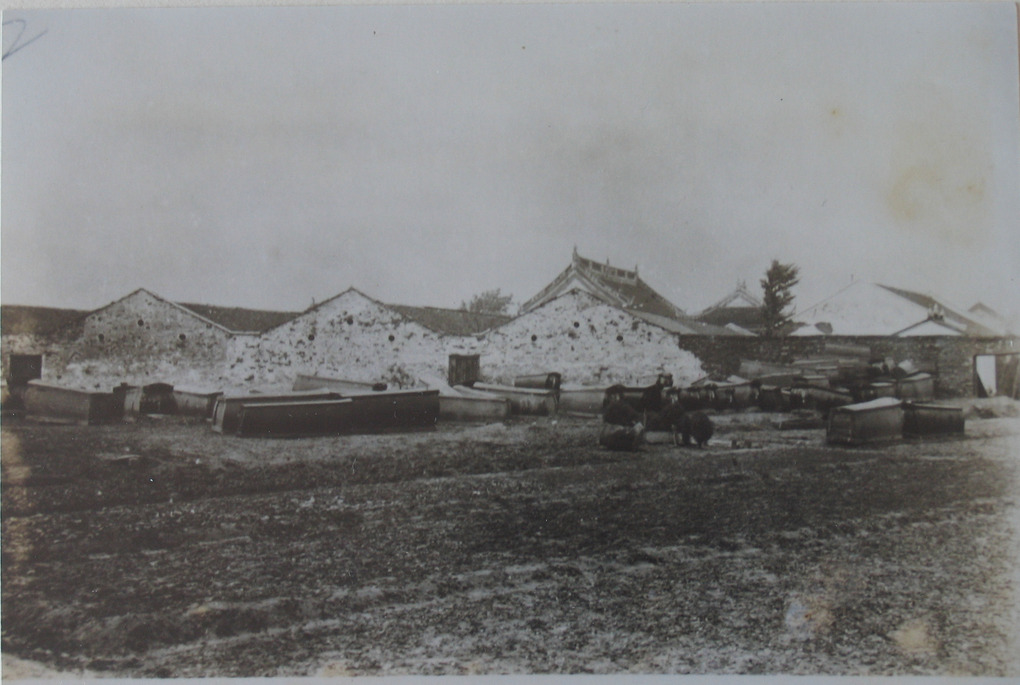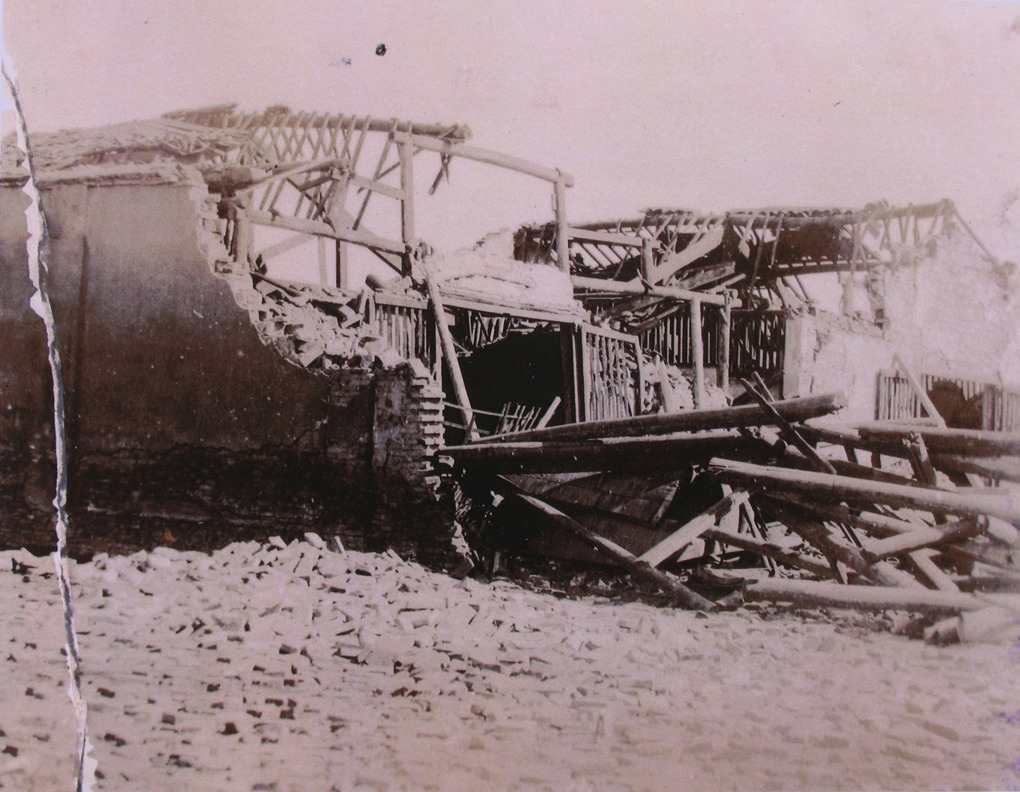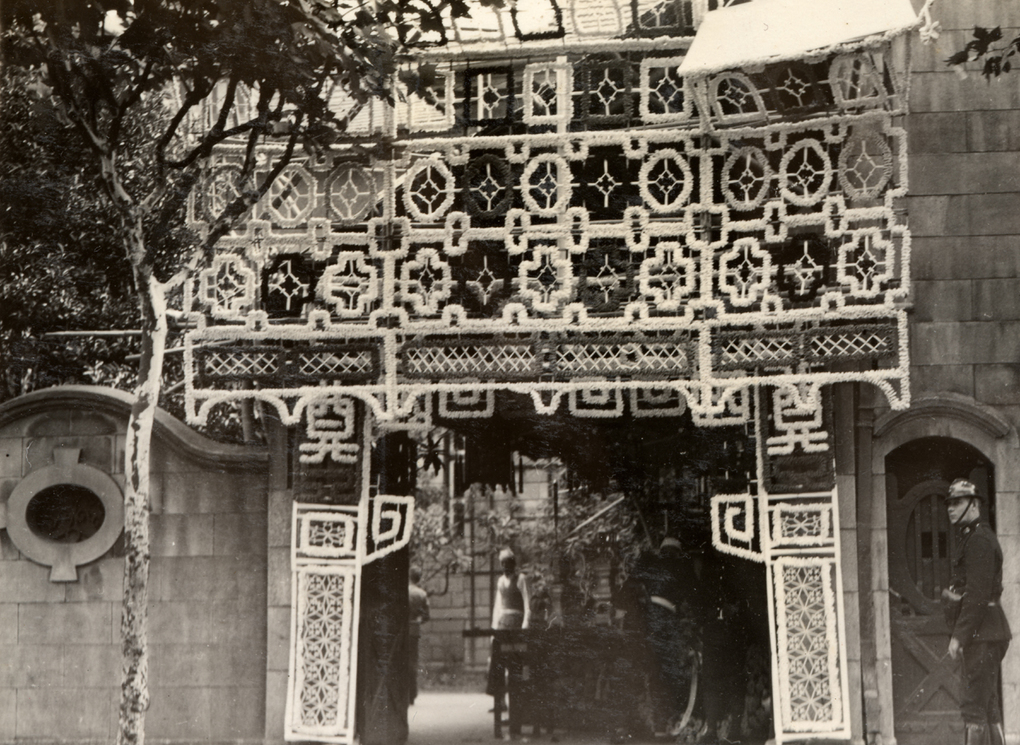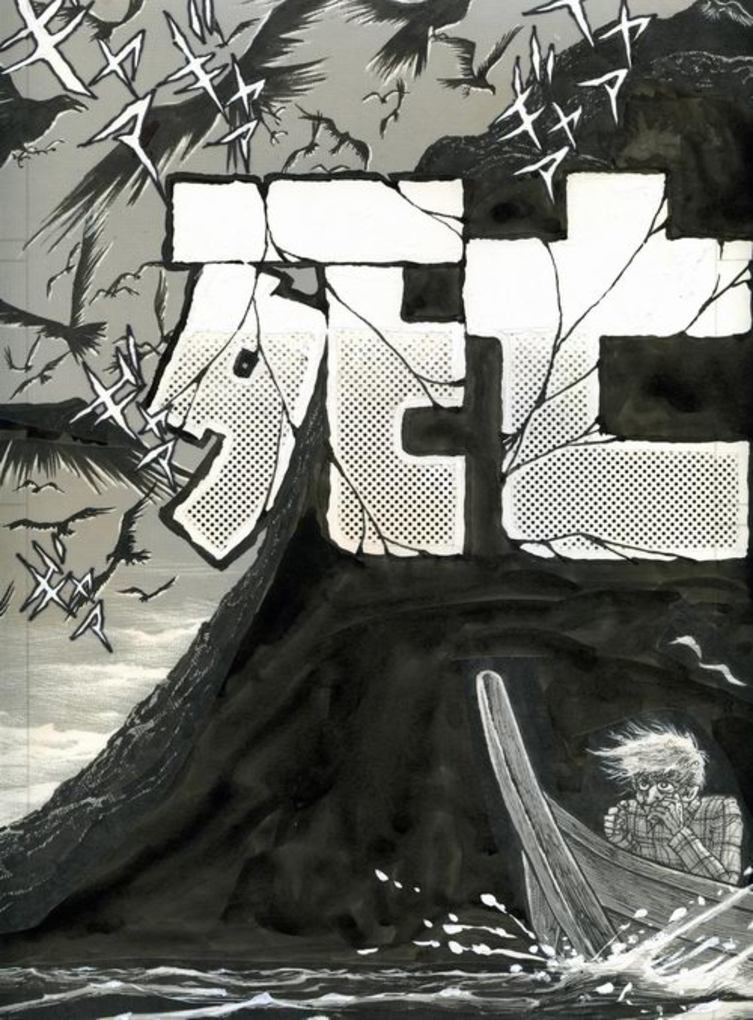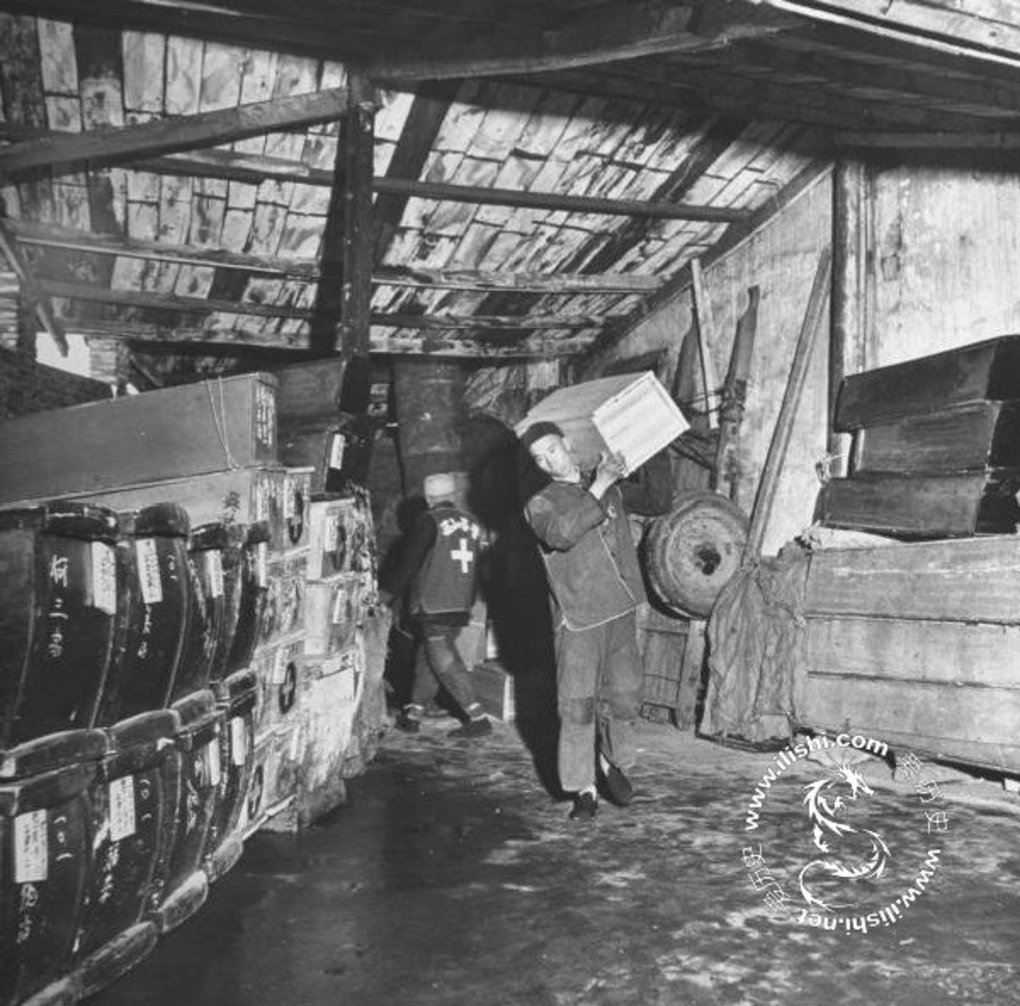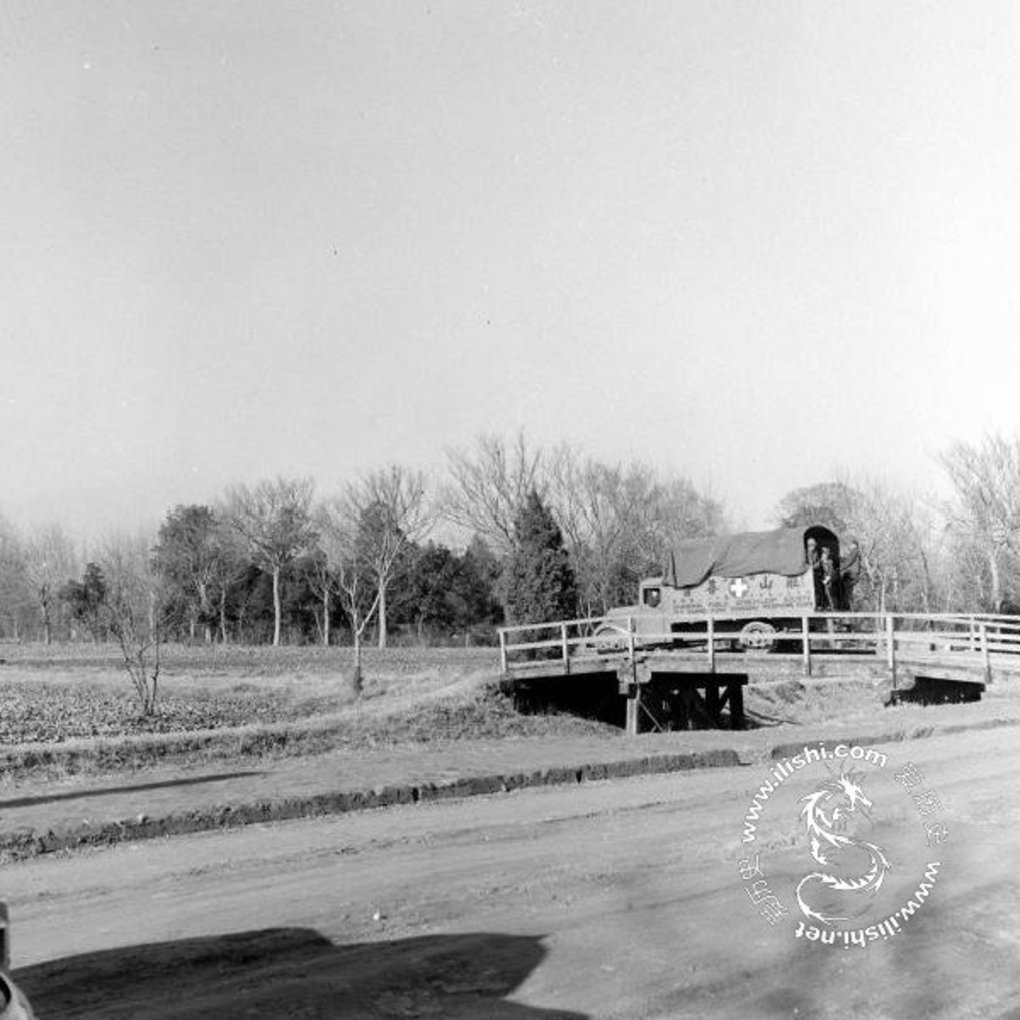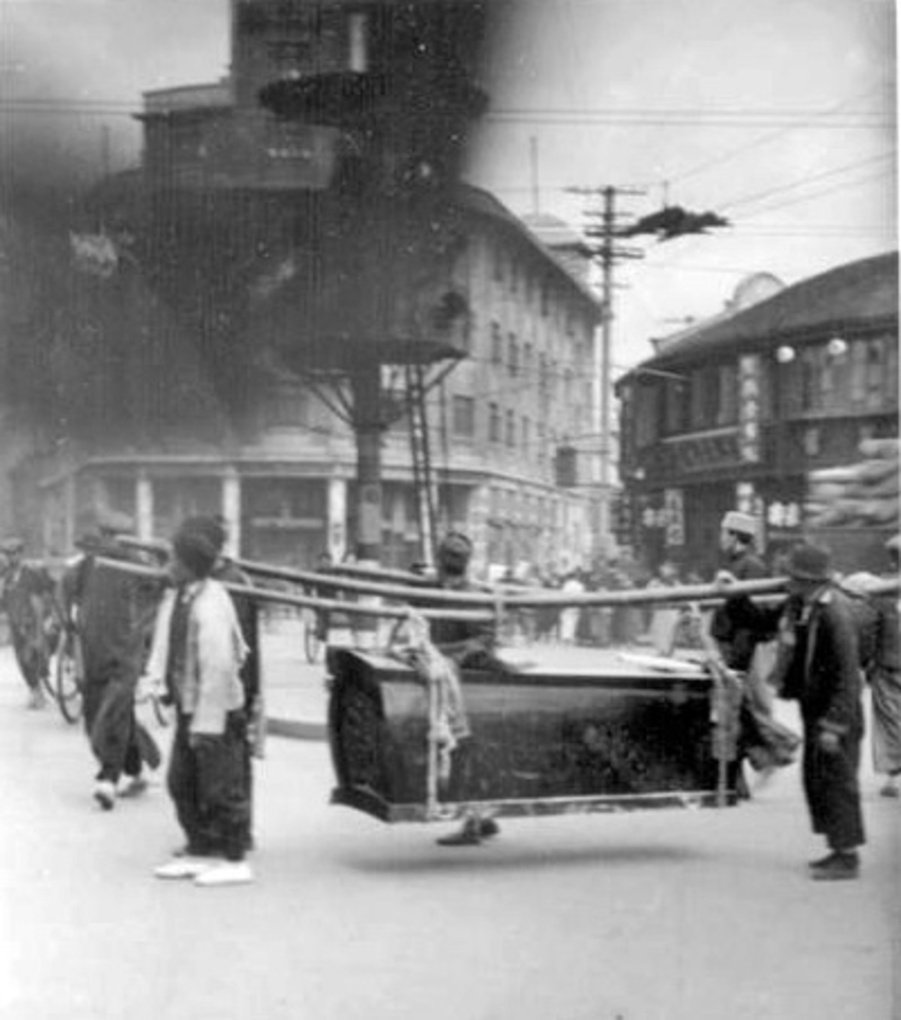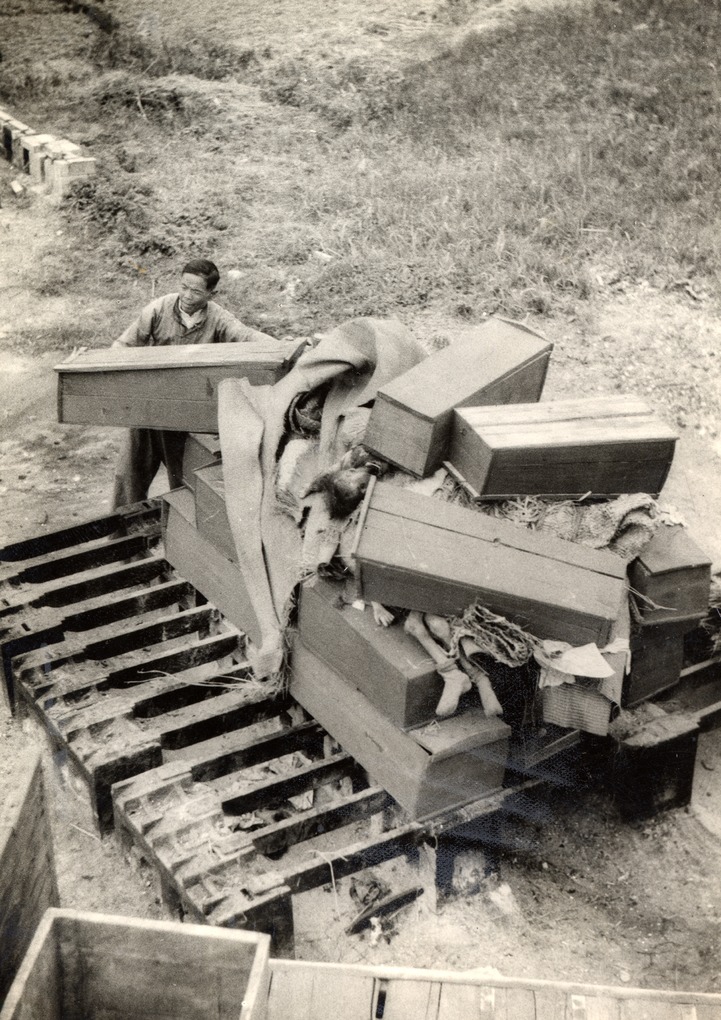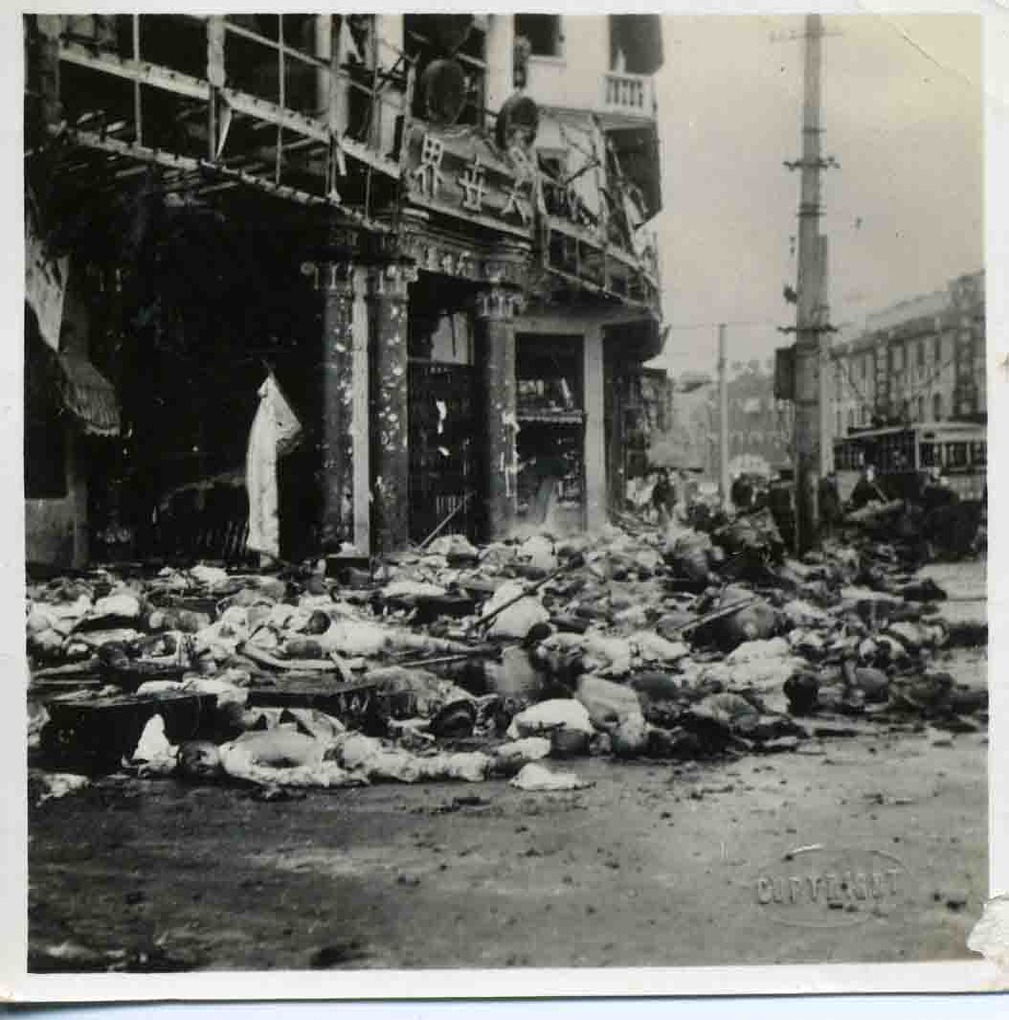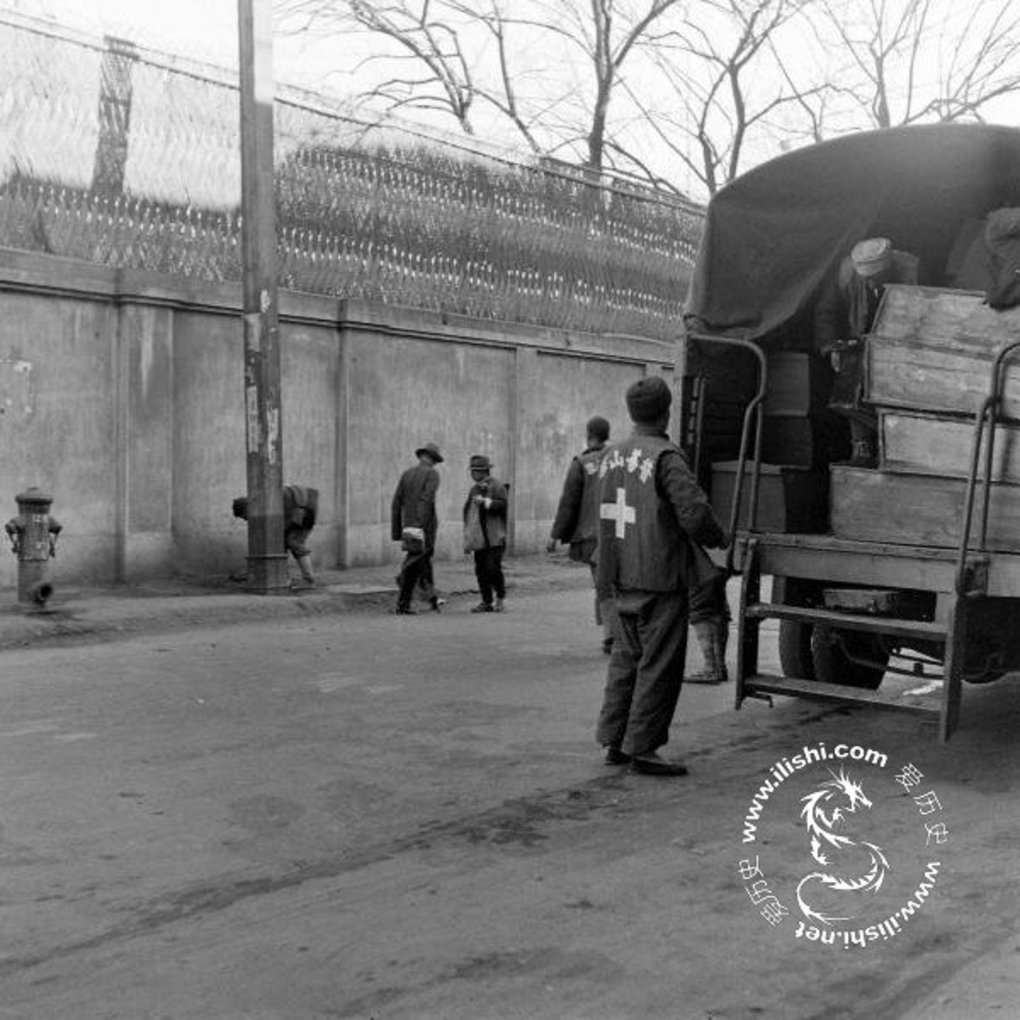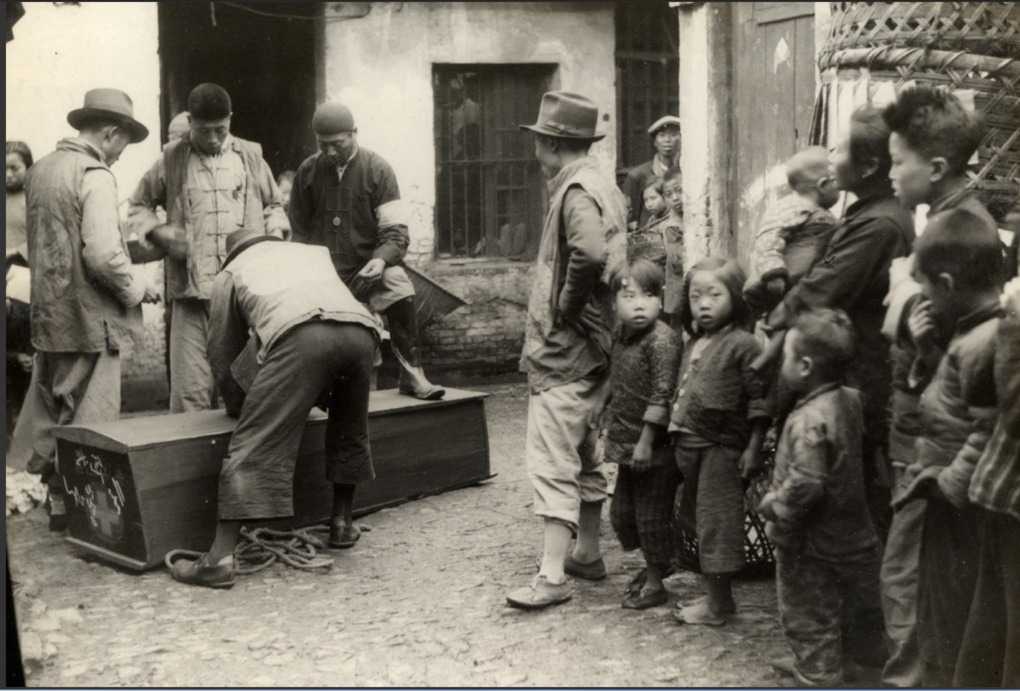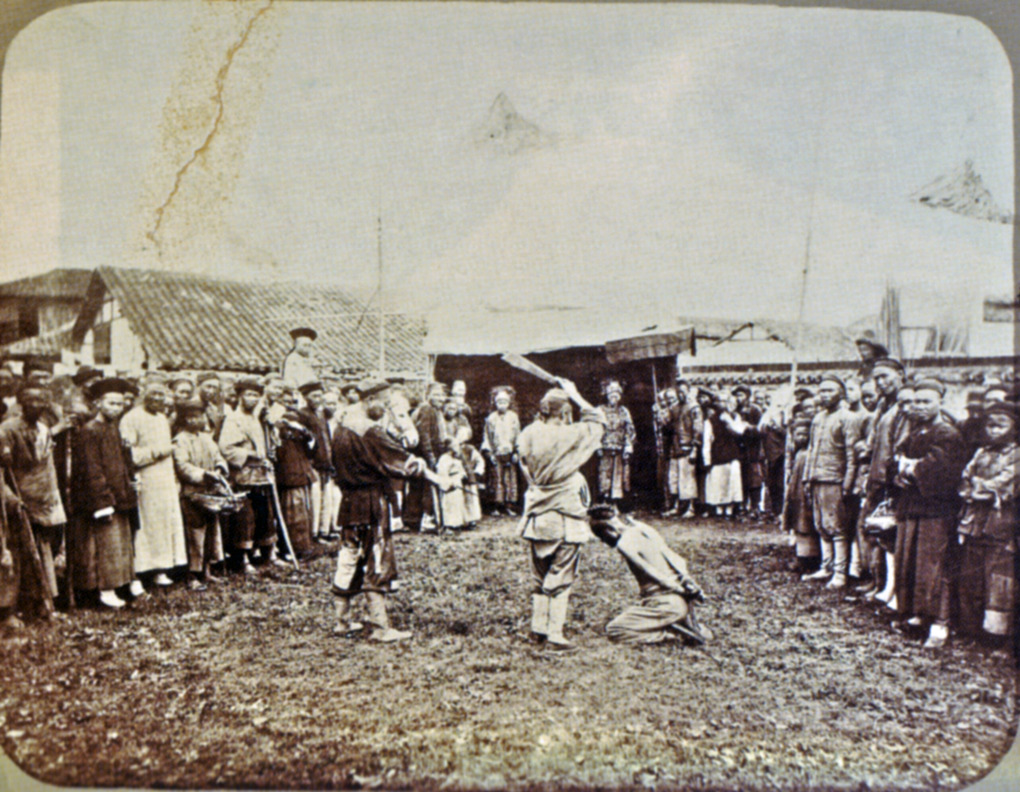VizStory
VizStory is a web application designed to create digital visual narratives from online content. It offers three main modes of narrative construction: film, grid, and pearltree. A narrative always starts with one image that opens onto a new path, either as a visual narrative or as a grid of new pictures that will open new paths.
VizStory is intuitive. Use the “mouse over” to get information on the pages or on the grids. Explore the narratives by clicking on the arrows on each side or sometimes on top and bottom of the images. To display the original metadata of an image, click on its title in the upper left corner.
Artifacts and bands
This narrative presents the different elements and artifacts that come into play in Chinese funeral processions. |
August 1937: Death en masse in Shanghai
In August 1937, war struck Shanghai like never before. Several instances of aerial bombings killed thousands of civilians, the first victims of the war, even before fighting between the two contending armies. |
Funeral parlors
Funeral parlors were a new form of commercial service for the processing of the dead. They emerged in the mid-1920s, but developed mostly after the beginning of the Sini-Japanese war in 1937. |
Making 1
The coffin was the central artifact of death culture in China. Starting from a set of images of coffins in various contexts, I will trace the diverse paths that they reveal about death in Chinese society. |
Foreign cemeteries
This narrative presents pictures of the various foreign (Western) cemeteries in Shanghai. |
Repositories
This narrative documents the buildings of coffin repositories, including their use as shelter by refugees. |
Mourning halls
This narrative documents the elaborate funeral awnings and mourning halls built at the time of funerals in well-off families. |
Seeing through death in modern Shanghai: A visual encounter
This visual narrative is an exploration of the issue of visualizing death in modern Shanghai at two levels: the nature of the photographic material at hand and the exploration of a new visual tool. |
From station to cremation site
This narrative documents the process of moving the coffins from the premises of the SPBC to the truck of the association to transfer them to the cremation site. |
Cremation sites
This narrative provides an account of the cremation of the bodies of indigent people at three different sites, including a homogeneous series on the SPBC operation. |
Coffin delivery
A frame set of three picture of coffins carried by coolies in the street for delivery to a private house or funeral parlor. |
Burning 4.1
This narrative is a subsection of Burning 4. It is made up of a cover image and a 3-frameset grid. |
Funerals and burials 3.1
This narrative is a subsection of Burying 3. It is made up of a cover image and a 4-part grid. |
War dead
New Summary |
Collecting II
This narrative documents the process of collecting bodies in the street. It constitutes a homogeneous serie. |
